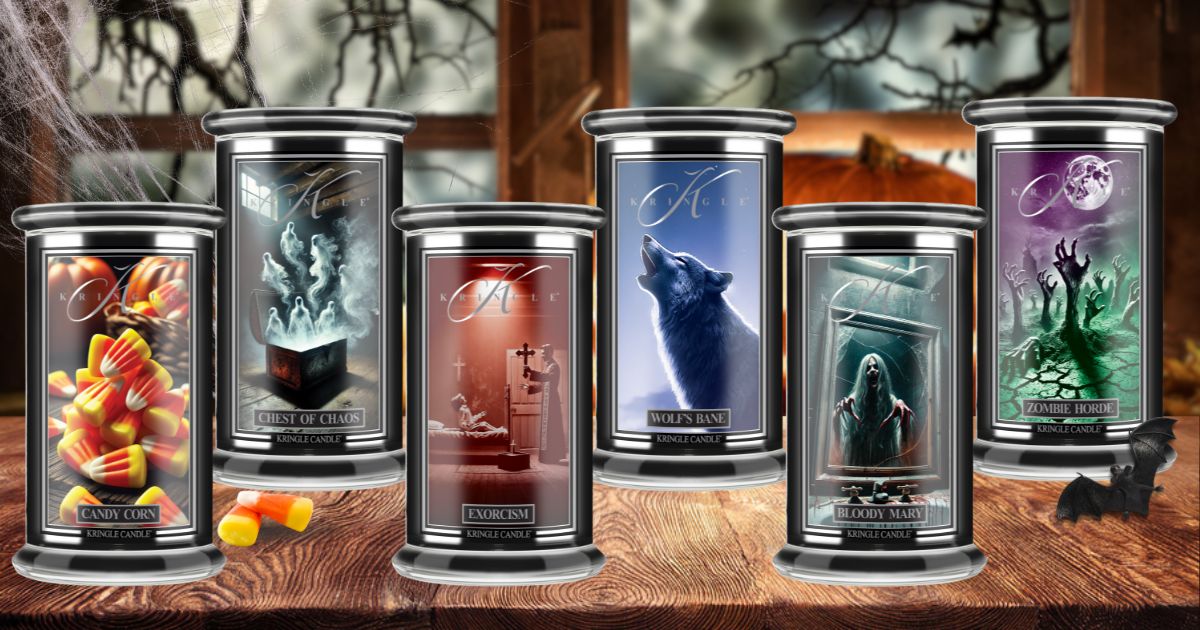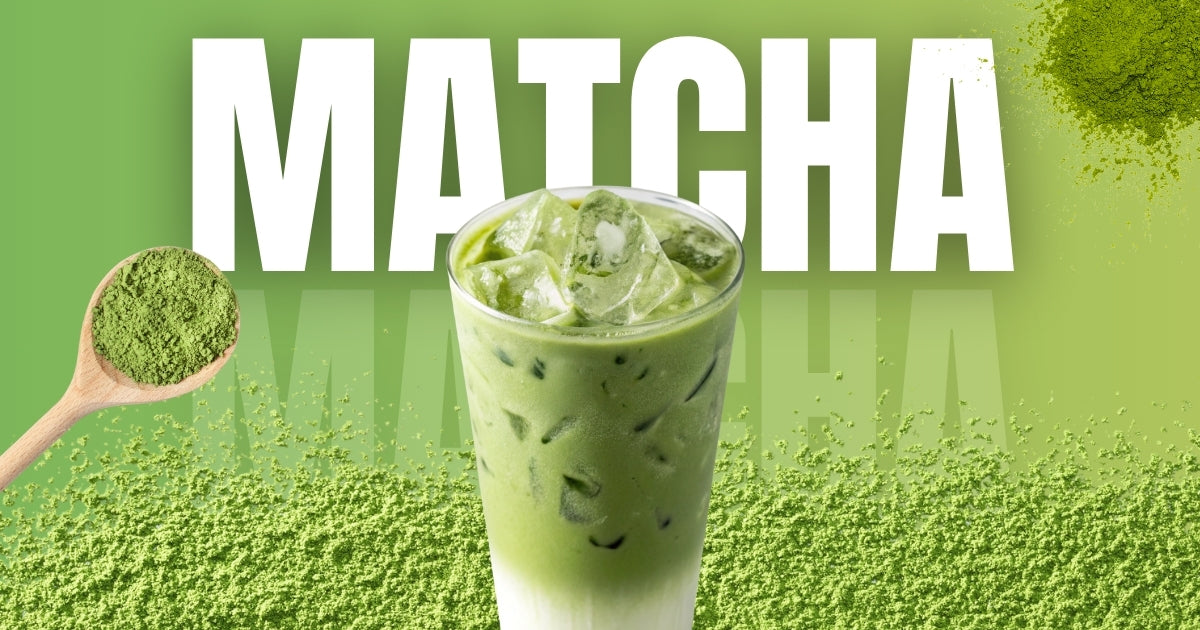
Introduction: The Misunderstanding of "Chai Tea"
We at American Heritage love chai tea. Where does that come from? Probably because we've been to Starbucks a little too often. Since we have several successful chai teas in our product range thanks to Everly Grace , we really want to clarify what chai actually is.
When you order "Chai Tea" in a café, you're actually saying "Tea Tea"—because "Chai" simply means "tea" in Hindi. What we in the West know as chai is called "Masala Chai"—spiced tea—in India. But how did this spicy, creamy drink become India's national beverage?
The surprising origins: Chai without tea
Paradoxically, the story of chai begins without tea. Legends date its origins back 5,000 years, when a king (likely King Harshavardhana) created an Ayurvedic beverage to help him stay awake during long court sessions. This original chai contained various aromatic spices and was considered a healing and stimulating drink.
The British colonial period: How tea got into chai
Black tea leaves were only added to Masala Chai by the British in 1835. The story behind this is complex:
The tea theft: A British spy named Robert Fortune sneaked into China, posing as a local, learned about tea cultivation, and smuggled Chinese tea plants and experts to India.
The marketing campaign: In 1901, the British Indian Tea Association launched a campaign lasting over 40 years to encourage Indians to drink tea. They distributed free tea at public events and set up tea stalls at railway stations, post offices, and religious festivals.
The birth of modern Masala Chai
Between World War I and the 1930s, street vendors (chai wallahs) began adding spices to tea. Why?
- Economic reasons: Because tea leaves were expensive, vendors began brewing leftover tea leaves with milk, sugar, and spices to create a deeper, fuller flavor at an affordable price.
- Taste: The cheap tea tasted bitter and strong – spices, milk and sugar made it palatable.
- Resistance: Some say that adding spices was an act of protest, as it reduced the amount of tea leaves needed and allowed Indians to make the tea their own.
The ingredients: What makes Masala Chai special?
There is neither a fixed recipe nor a specific preparation method – many Indian families have their own. The basic components are:
Base:
- Strong black tea (often CTC - Crush, Tear, Curl)
- Milk
- Sugar
Spices (Masala):
- Cardamom (usually the base)
- Ginger
- Cinnamon
- Carnations
- Black pepper
- Optional: nutmeg, fennel seeds, star anise, licorice
Chai vs. spice mix: The important difference
Traditional Masala Chai: Contains black tea and all spices. Prepared with milk and sugar. Contains caffeine.
Chai spice blend: Just the spices, no tea. Can be combined with any tea – or with rooibos or herbal teas for caffeine-free options. Perfect for baked goods, desserts, or your own chai creations.
Chai today: From street stalls to Starbucks
Until the end of the 20th century, Indians consumed more than 70% of the tea produced in India. At railway stations, chai wallahs sold the beverage in clay pots (kullhars) that were broken after use.
Where is chai popular worldwide?
Home market: India In India, masala chai is sold on every street corner, and about 15-20% of all tea consumed in India is prepared with spices. Interestingly, masala chai is primarily consumed outside the home in India – a treat enjoyed on the street, in the office, or while traveling. At home, most Indians drink simple milk tea.
Western Markets - The Big Breakthrough: Chai tea has become a trendy and popular beverage in the USA, Great Britain, Canada, and Australia. North America likely holds the largest market share, followed by Europe and Asia-Pacific.
Starbucks introduced chai lattes in the early 1990s, and more than 30 years later, chai lattes are a popular menu item in coffee shops worldwide. In 2021, retail sales of chai tea in the US alone exceeded $1 billion. In 2014, Oprah Winfrey even launched her own masala chai brand in collaboration with Starbucks. The global chai trend has led to countless variations—from chai lattes to chai-inspired desserts.
Growth regions: The Asia-Pacific region is expected to experience significant growth in the chai tea market, due to rising incomes and changing lifestyles in countries such as India, China, and Japan.
Europe - Slow growth: In Europe, this trend has slowly caught on. Most brands now offer at least one chai formula, while British milk tea drinkers mostly stick to tea, milk and sugar, and many continental Europeans have not yet adopted milk tea habits.
Millennials and Gen Z in particular are driving the growth of chai tea, due to their desire for unique and flavorful drinks that align with their health and wellness values.
Is there a season for chai?
Autumn & Winter - The peak season: In Europe, tea remains a hot beverage, with a traditional spicy version: Christmas teas, which are available during the holidays. The warm spices of chai are a perfect fit for the cooler season.
Year-round popularity with seasonal variations: Chai flavors seem to be consistently popular, and demand is constantly growing. Modern cafes now also offer:
- Autumn: Classic warm chai, pumpkin spice chai
- Winter: Christmas Chai Variations
- Summer: The growing trend of iced chai lattes demonstrates the versatility of this drink.
- Year-round: Flavored chai lattes such as vanilla, caramel and Pumpkin Spice and Oriental Blessing
Beyond Beverages: Chai's warm and spicy aromas extend into the kitchen – from chai brioche French toast and chai icing on pastries to chai cookies and muffins. – Almost like pumpkin pie spice.
The Republic of Tea also offers a number of chai teas that are popular year-round. We at American Heritage recommend the vegan creamers from Elmhurst 1925 to complement them.
The chai tea market will grow by around 10% annually in the coming years, which simply means that chai is becoming increasingly popular.
More than just a drink
Chai is a symbol of hospitality, a morning ritual, and a piece of Indian identity. Its history shows how Indians transformed a colonial imposition of tea into something of their own, something delicious. Today, masala chai is enjoyed worldwide – and every cup tells a story of resistance, creativity, and cultural pride.











